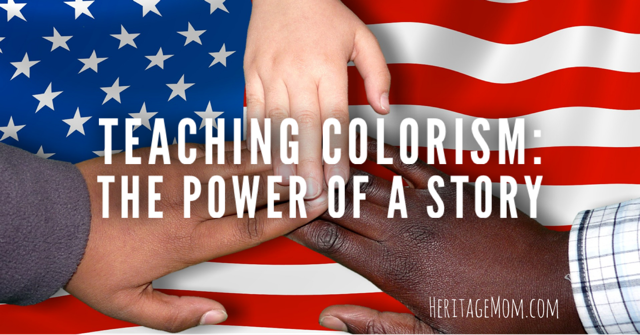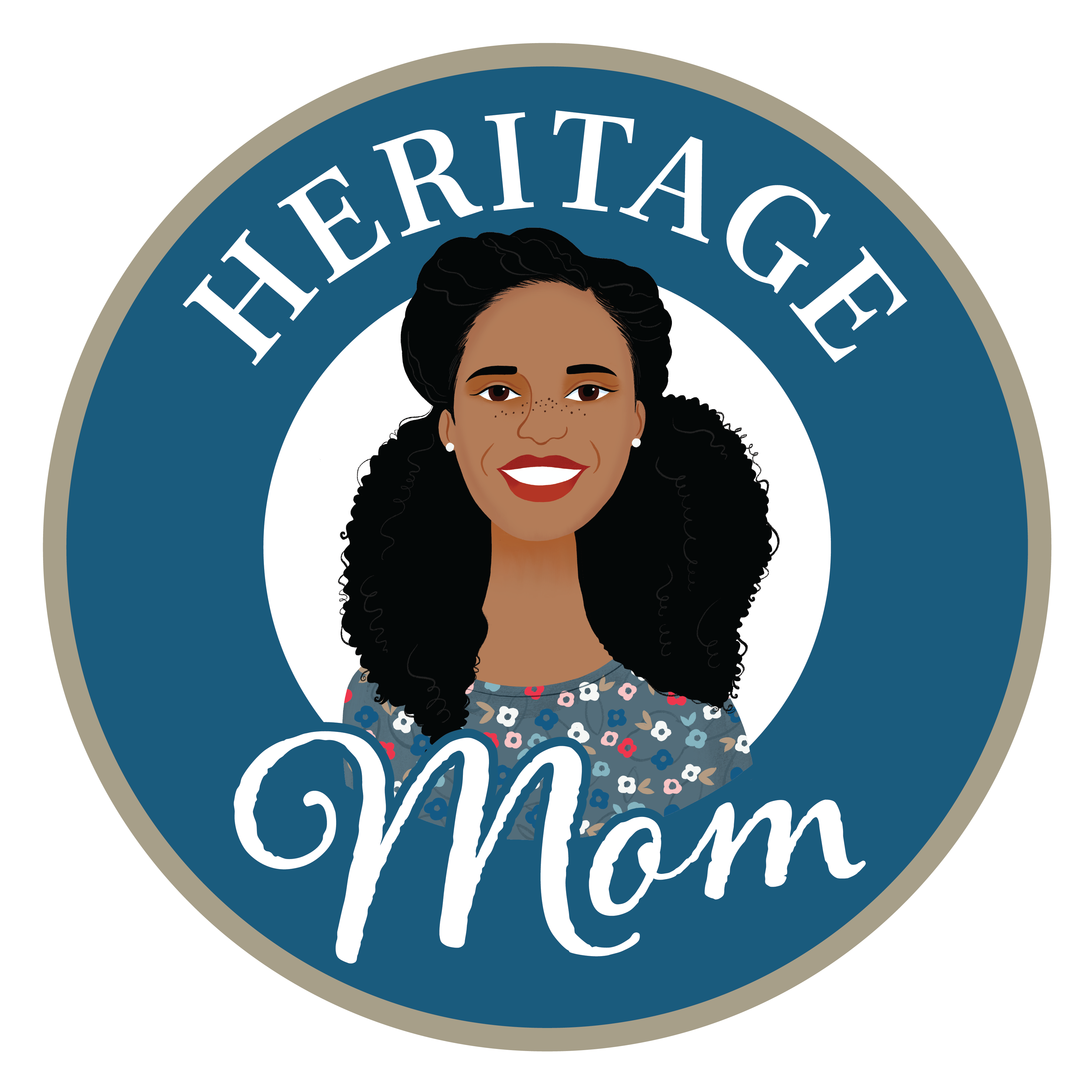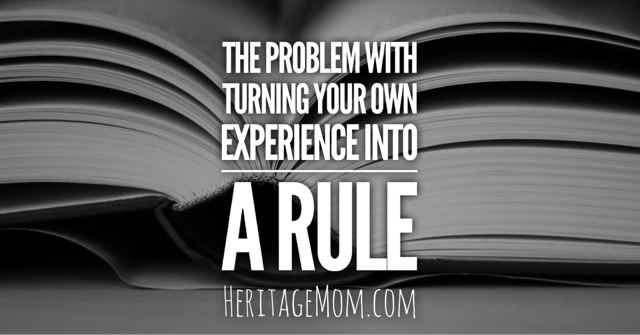My husband and I are the exact same shade of brown – so much so that we’ve been mistaken for siblings more times than I can count. We have four biological children and, naturally, they all share our complexion. Except the one who doesn’t.

Discrimination based on skin color, also known as colorism or shadeism, is a form of prejudice or discrimination in which people who are usually members of the same race are treated differently based on the social implications which come with the cultural meanings which are attached to skin color.
When my brownest baby popped out, I knew by the skin around her fingernail beds and the edges of her ears that she would be browner than our first-born. I was delighted by every inch of her beautiful prayed-over body, and I looked forward to seeing what she would look like when her “color came in.” As she grew, she got browner and browner, and ultimately, she became a sweet and smooth brown that fits her features perfectly.
When people think of racism, they usually think it is only committed against people who are outside their ethnicity. Colorism highlights biases that proliferate between persons who are members of different ethnic groups as well as biases that proliferate between persons who are members of the same ethnic group. It is the belief that someone with any degree of lighter complexion is considered more beautiful or valuable than someone with dark skin.
Everything about her is flawless.
But not everyone agrees.
Research has found extensive evidence of discrimination based on skin color in criminal justice, business, the economy, housing, health care, media, and politics in the United States and Europe. Lighter skin tones are considered preferable in many countries in Africa, Asia and South America.
Wikipedia
After having our daughter, we went on to have two more children the same shade as our oldest, so child number two has always stood out as being different. As her mama, the difference is subtle, inconsequential. It’s something I notice but regard as a gift: A beautiful brown baby girl.
My feelings towards her were never an issue or a question, and she fills her father’s heart to unimaginable dimensions. She’s a mama’s girl, a daddy’s girl, and legitimately the favored sibling of every sibling. But what my naivete hid was what a big hairy deal her skin color would be for other people. Other people and all of their many, many questions.
- Is that your real mom? [It’s a hurtful question because I am her biological mom, and it’s a hurtful question if I wasn’t. Just no.]
- Do you and your sister have the same dad? [Dumbest question ever. It’s such an ignorant thought that I have a hard time complaining about it coherently, but basically…it’s rude. I grew up with this question ALL THE TIME because there is a huge age difference between me and my full siblings. Just no.]
- Why are you so much darker than the rest of your family? Why is your sister so much darker than you? [My darker-skinned daughter fumbles when this question comes her way, but her spunky, out-spoken older sister handles her business when she’s asked about this. Big sister to the rescue every time!]
- What does it feel like to have such dark skin? [She came and asked me how to answer the question. I told her to say that it feels GREAT! I also told her to say that the question makes her uncomfortable because it does. She said the first part, but her sweet personality prevented her from getting the second part out the way I had instructed.]
- Do you like your skin? [This was very confusing for her. She found it such an odd question because “Doesn’t everyone like their skin?”]
- How on earth did she end up so “black?” [This one almost landed my husband in a bit of an “altercation.” This man who NEVER loses his temper. This man who has never been in a fight. Ever. This man who wouldn’t harm a fly or lay his hands on anyone…had eyes that flashed fire when someone asked this question in a tone dripping with disdain. Right in front of our little girl. I do believe that he would have punched the man who said it had I not been there.
Because of the race-based conversations so prevalent in our nation now, many may think that these questions and the comments and the stares and the furrowed brows usually come from white people.
But that is not the case.
Not even close.
The most cutting, derogatory, painful comments are from the Black peanut gallery.
White people show their colorism in other ways. Preferences. Tendencies. Votes. Employment decisions. Insults masked as compliments (i.e. “You’re so pretty for a black girl.”).
And given the history of colorism, none of this should come as a surprise. But expected things don’t necessarily hurt less. You can just brace yourself for the impending pain.
When deciding how to approach colorism in my family, I vacillated between three options:
- Don’t talk about it ever. Let them figure it out through their own lived experiences.
- Don’t talk about it now. Wait until they’re older. Don’t ruin their innocence.
- Talk about it early and often. The option of innocence has been removed from the table and silence leads to shame.
If you’ve been following me for a while, you probably already know that I totally and absolutely went for Option 3. But what you may not realize is that I seriously considered the other options too.
I didn’t know HOW to talk about colorism.
Admittedly, it would be much easier for me to discuss if the subject of some people’s dismay (my daughter) wasn’t sitting on my lap while I’m dropping the bomb. How do I tell my child that some people – people who look like her and others – will not prefer her because they have been socialized to be blind to her beauty? How do I tell her that some will draw all manner of negative associations because of her hue? How do I explain that her light-skinned silky-haired sister will be more highly regarded by those who are ignorant and those who have intentional malice in their hearts?
I certainly considered that I would just let her figure it out if and when it came up so she could draw her own conclusions.
Or I would tell all of my kids about it when they were more mature so they could continue being carefree children before having to take on the weight of this issue.
But ultimately, I decided that I want to be in control of the narrative.
I want to be the one to tell them straight-out what colorism is, where it came from, why it continues to exist, how dumb it is, what it looks like, what it means, what power it has over the flesh, its lack of power over the spirit, how to recognize it, how to rebel against it, and what to do when it lands at your feet.
And I chose to do all of that in the way I know best: through a series of conversations interwoven with stories.
I used books.
For more info, check out Teaching Colorism: The Power of a Story (Part 2) where I share the specific books I’ve used to jumpstart these discussions with my children.
In the meantime, here are some resources if you’d like to learn more about colorism:
- Same Family, Different Colors: Confronting Colorism in America’s Diverse Families (TIME Magazine)
- What’s Colorism? (Teaching Tolerance)
- Colorism (National Conference for Community and Justice)
- Why black people discriminate among ourselves: the toxic legacy of colorism (The Guardian)
- Black Lives Matters Gets Indians Talking About Skin Lightening and Colorism (NPR)
You can find me on Instagram at @heritagemomblog. See you there!






Great post about a very salient issue. As Kenya Barris would say…it’s all because of slavery (and colonialism). Unfortunately people of color across the globe have been conditioned to see ourselves through the lens of whiteness, which is associated with beauty, privilege and power. We discuss colorism in our home by talking about the inequities and also by attuning our girls to see themselves and others through the eyes of Christ. This doesn’t change society as a whole but can make an impact one kid at a time. Self-love is a strong form of resistance. Thanks for sharing this journey!
That absolutely makes a major impact. Self-love and joy in Christ are DEFINITELY forms of resistance!
This topic right here is one that I struggle with…and having a 4 and 6 year old who continue to reference my skin color on comparison to theirs has been tough. So thank you for this! I will be rereading this as I prepare a talk with them. Good books are a great way to introduce and discuss the topics. Thank you!
Yes, it’s so hard because little girls often want to see themselves reflected from their mothers. Keep the conversation going – early and often – is the way to go, I believe. Looking forward to sharing our favorite book titles with you soon!
Thank you for sharing your journey and your bravery dealing with ignorance and malice head on with courageous intentionality and fierce love for you children! Thank you for sharing your resources as well!
You’re welcome. I really appreciate the encouragement because sometimes I just want to run and hide. Or go get ice cream and pretend nothing happened. But we are certainly called to be brave, so I’m willing to move mountains for my little girl!
Ouch! I’m somewhere between options 1 and 2. Thank you for challenging me on this. I need to get ahead of it.
Oh, I know, girl. It’s so, so hard. You see them there playing with their dolls and eating pancakes after swinging on the playset and it just doesn’t seem like a good time to bring all of that to a screeching halt with more of the world’s ugliness. I know you can do it though! Baby steps. xo
Hi Amber, the O’neal s and the Bibbs’ are the colors of the rainbow(as my Mom used to say). We had to live with those questions, but it was never explained and you did not dare ask. We had to figure it out on our own. In the late 60’s, I worked at Elgin Mental Health Center. My cousin Sonny was being admitted for substance abuse. So my Aunt Hazel and Aunt Nell came with him. A coworker told me someone was asking for me. So, naturally hugged all 3! My coworker friend asked me why I was hugging those white folk. She was dumbfounded when I told her they were my blood relatives. I have one child out of 3 who is close to my color. Their dad is dark-skinned. I am glad that you decided to prepared your kids for the inevitable and they are learning as they grow! We didn’t have that option! All the best to you and your family!
Thank you for sharing that, Cousin Wilma! It’s so true. I grew up seeing relatives from the palest to the darkest and didn’t think a single thing about it until OTHER people spoke into my life about it. Then it became weird – something that needed to be explained. I’m thankful that I can honestly say that I have genuine love and affection for people with every skin color imaginable. I want to teach my girls to rise above the ignorance. I appreciate you chiming in. xoxo
I am 100% sure you already have this book on your list of resources to share….but I’ll accidentally share it just in case;)
Sulwe by Lupita Nyong’o (Illustrated by Vashti Harrison)
Much love to you and your mission!
Yep, that’s one of my faves on the list, but I haven’t known about it for very long, so you were totally on point to mention it. I got it the very same day it was recommended to me. Sometimes I’m totally late to the game!
Did you hear this NPR story on Colorism in India?
https://www.npr.org/sections/goatsandsoda/2020/07/09/860912124/black-lives-matter-gets-indians-talking-about-skin-lightening-and-colorism
I had not heard this. Thank you SO MUCH for sharing. It is PRECISELY what I’m talking about. And did you see how absolutely lovely this girl who is supposedly considered “too dark” is? It’s sickening. I love this article so much that I’m going to add it to the blog. Thank you!
Thank you for this insight and for the great book list. This happens in our culture as well.
You’re welcome! I wish that wasn’t the case, but I’m glad that you can relate. I just posted a booklist for teaching children about colorism, so please check it out if you get the chance.
I am learning a lot from you! As a white mom I am wanting to bring up my children to see the beauty and value in every person they meet, and now more than ever I realize that means intentionally addressing tough topics, but I, like you, feel the best way is to do so naturally, and through stories! I think this topic is a bit like the topic of sexuality or the topic of “tricky people”(“strangers” was the term when we were kids, but obviously non-strangers can be tricky); it can be uncomfortable to have the conversations for us as adults because we have the whole world on our shoulders, the big picture of all the evil that’s out here, and we just want to protect our innocent little ones! But, they are innocent, and so we have the opportunity to teach and train and prepare them to be brave and strong and confident in this big bad world, so we take those steps with faith and hope and a heap of prayer! At least, that’s where I’m at, and glad to follow others who are walking the same direction and learn more! ♥️
I love the way you put that, and I’m also thankful to be on the path with others who share the vision. I’m really glad that you’re here!
Thank you for sharing so candidly. I cannot even imagine having to address this with my kids. (Although, we’ve had equally rude comments over ears. Two of my kids have ears that stick out from the sides of their heads–kinda like Obama.)
As a white momma trying to learn all I can about race and race relations, I am thrilled to be reading your posts.
It certainly can be a lot to process, but shining a light in the darkness and talking about it removes its power, so I’m really glad that you’re here.
Oh my goodness! I am so happy that I found you. This particular blog hurt my heart for your baby and your family. I got angry… how dare they… especially in front of this baby. But you are apart of the solution and I am grateful that God chose you all to voice these things. Thank you. I have been trying to think about how to talk to my daughter about these things also. She is a tad lighter than me and my husband is dark chocolate 😍 LOL… but it really hasn’t come up.. at least not in a negative way. However I do want to protect her yet educate her. Lord… I have no idea how to approach the birds and the bees yet either🤦🏽♀️.
The birds and the bees, lol. That’s always a fun one! Thank you for reading this and for understanding my mama’s heart and why this topic is so important for children to learn about.